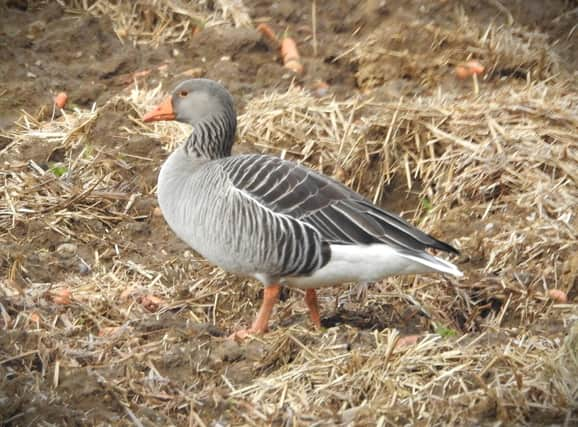On the Wildside: The numbers of wild geese have risen dramatically


These are a native species, whereas the resident, increasingly ubiquitous Canada geese are long-standing introductions brought from seventeenth-century North America to adorn landscape parks of the rich landowners of the English countryside and found the place to their liking. The advent of 1960s and 1970s Country Parks further boosted this now resident and largely non-migratory bird. However, there is another species now doing well as a ‘feral’ bird, and that is the greylag goose, the ‘grey lag’ meaning literally ‘grey goose’, and perhaps also a reference to the cry of goose-herds of ‘lag-lag-lag’ when driving the birds to market. It was the greylag that was widely domesticated, and which became a mainstay of the Fenland economy until the ‘Great Drainage’ of the 1600s and 1700s.
These geese were hugely important for food, but also for quill pens made from their feathers. These were the main mode of writing until the development of the metal nib in the nineteenth century. Maybe the pen is mightier than the sword, but goose feathers were vital for warfare too. They were used for fletching arrows for longbows. It was said that England was saved by the crooked stick (longbow) and the grey goose wing.
Advertisement
Hide AdAdvertisement
Hide AdGreylags mix resident breeding birds and those tens of thousands migrating in from Icelandic territories for the winter. The truly native breeders are restricted to the far north of Scotland, but the situation has become blurred by the widespread recolonisation of feral birds from domestic stock.
Indeed, the domesticated birds may have originated from a different race and not from our northern breeding populations, and they do have slightly different colouration. Either way, the greylag is back in abundance and the one I pictured was at Hatfield Chase in Doncaster where it was feeding on a stubble field along with Canada geese and whooper swans.
Professor Ian D. Rotherham, researcher, writer & broadcaster on wildlife & environmental issues, is contactable on [email protected]; follow Ian’s blog (https://ianswalkonthewildside.wordpress.com/) and Twitter @IanThewildside